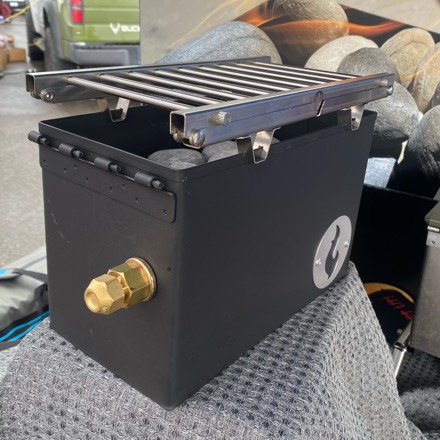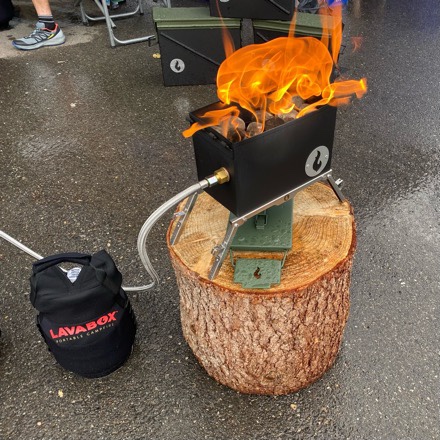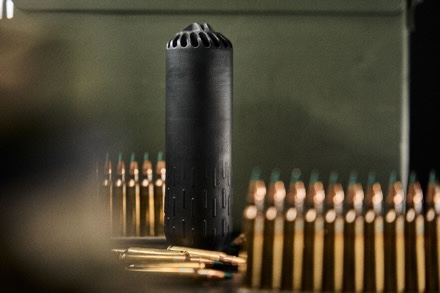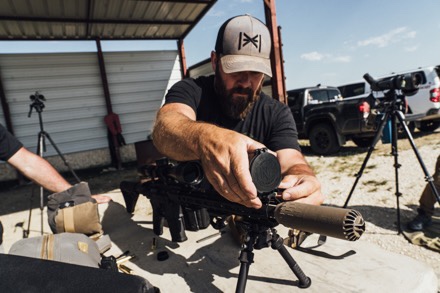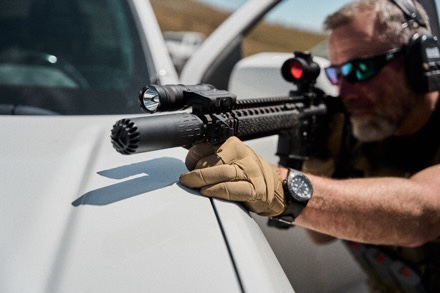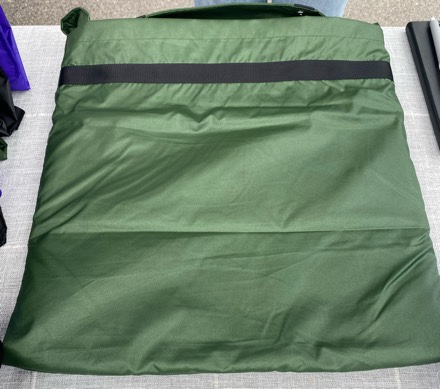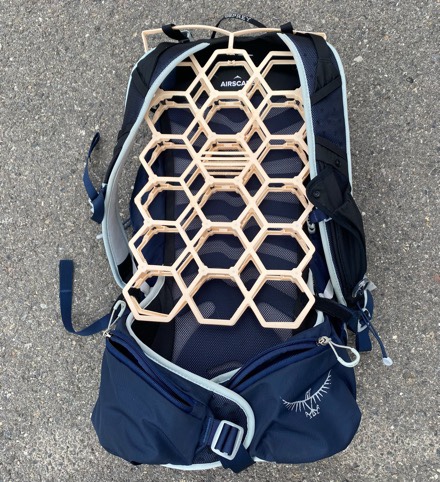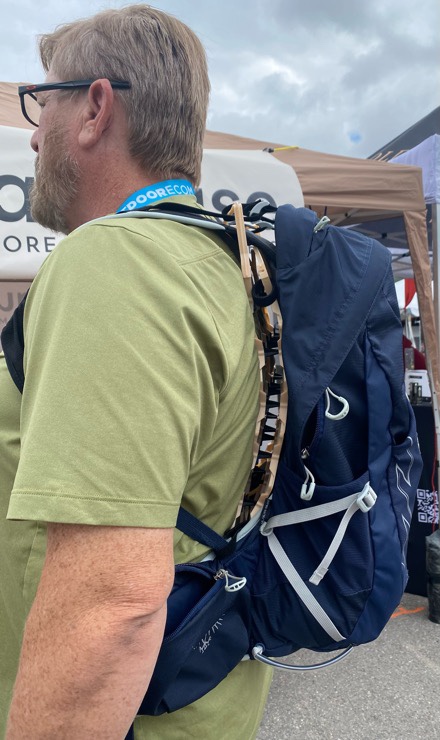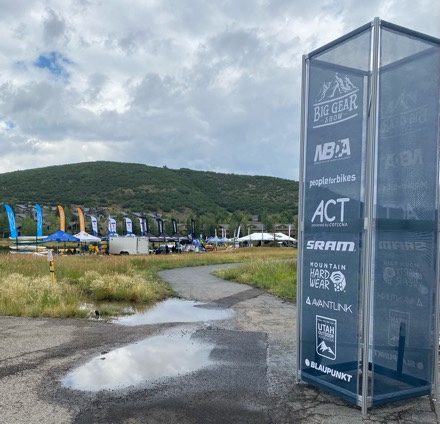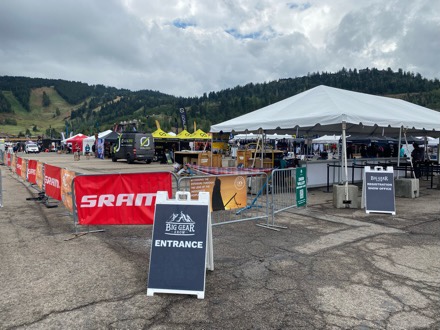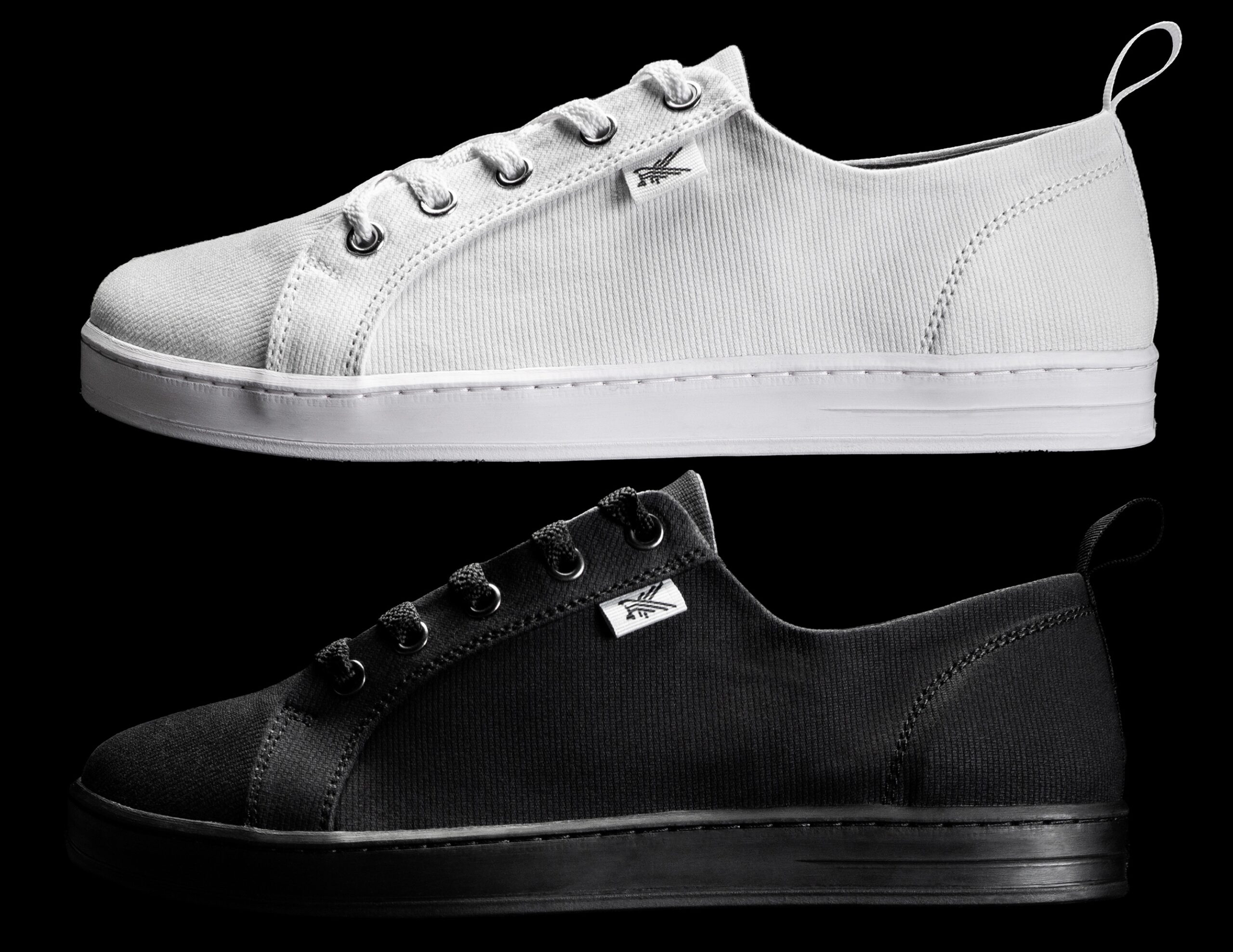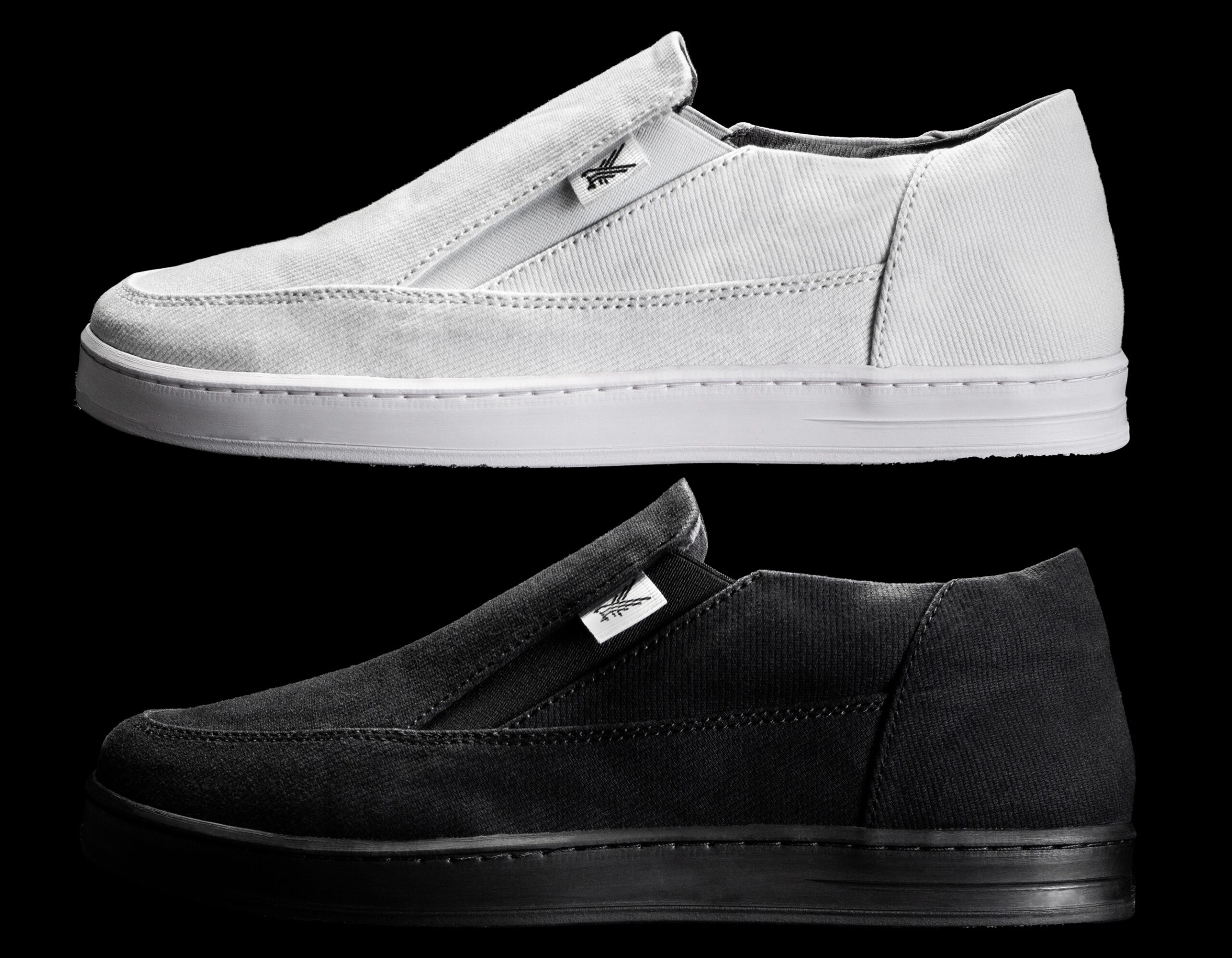MCAS FUTENMA, Japan —
Thirteen U.S. Marines stationed across Okinawa graduated from the Water Survival Advanced course at Marine Corps Air Station Futenma on July 22.
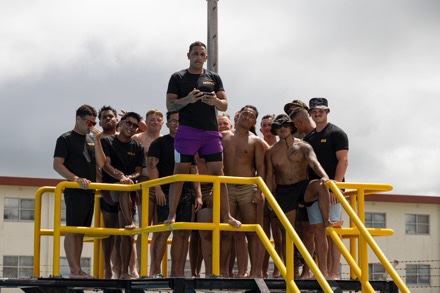
WSA is the highest swim qualification that Marines can obtain before becoming Marine Corps Instructors of Water Survival. Throughout the course, students endured aquatic conditioning, endurance swimming, and underwater rescue training.
Taught by six Marine Corps Instructors of Water Survival, each Marine endured a physically demanding week of eight-hour training days in the water. The training included endurance swimming, underwater training, and rescue techniques.
“These students went through a lot of aquatic conditioning, underwater confidence training exercises, and team building exercises,” said Sgt. Bryantruc Nguyen, a network administrator with Marine Air Control Squadron 4, 1st Marine Aircraft Wing. “Underwater conditioning is extremely important, because it gives students a foundation before we transition them into making open water rescues. ”
Nguyen explained one of the most difficult parts for students was underwater conditioning. Events aimed toward underwater conditioning were usually conducted with only physical training shorts. The purpose of underwater training was to physically prepare students for tasks they would have to complete while making rescues.
“As MCIWS we make this course difficult so we can fully trust trainees to make rescues and supervise future swim qualifications.”
Sgt. Bryantruc Nguyen, 1st MAW network administrator
He said that the students completed two sessions of rifle-ups, a main component of underwater confidence training. During rifle-ups students would drop their rifles in the deep end. Once the rifles were at the bottom, they would dive down to retrieve their rifles and stay underwater until instructed to return to the surface. Instructors increased the time spent underwater after every succeeding repetition of rifle-ups. During this iteration of the course, underwater training forced a handful of students to exit the pool due to the difficulty of the task
“Students also struggled with Marine Corps rescues because they were forced to make open water rescues in their full combat utility uniform without panicking,” said Nguyen. “As MCIWS we make this course difficult so we can fully trust trainees to make rescues and supervise future swim qualifications.”
Per Marine Corps Order 1500.52D, the intention of swim qualification courses is to ensure that each Marine meets the expectation of being “amphibious by nature.” This requires Marines to be prepared if they ever need to make a rescue while on active duty.
“Swimming in combat utility uniforms was my weakness. I was a distance swimmer in high school, but I never swam in full gear,” said Lance Cpl. Tyge Watts, a motor vehicle operator with 3rd Transportation Battalion, 3rd Marine Logistics Group. “That’s a big obstacle you have to face, because it disrupts your form, and you have to go back and focus on the basics of swimming.”
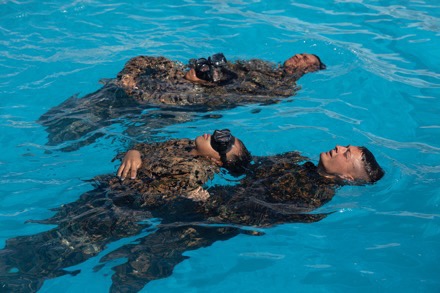
In conjunction with underwater conditioning, students completed Marine Corps rescues and endurance swims. During the Marine Corps rescues, students underwent four different scenarios for rescuing a thrashing victim and properly escorting them out of the water in their full utility kit.
Watts explained that the 1500-meter swim and Marine Corps rescues in full uniform were the most difficult challenges for him. Everyday, students swam up to a mile, performed timed conditioning swims every day and focused on different swimming techniques that helped them maneuver comfortably in the water in their full kits.
Nguyen explained that this iteration of the WSA course saw 12 out of 21 students successfully graduate at the end of the course. The average dropout rate for each cycle is around 75 to 85 percent due to the intense physical demand to complete the course.
“WSA is definitely not a course for everyone, it’s a very big jump from the intermediate swim qualification course,” stated Nguyen. “It’s definitely a great course, but only a select few can say that they are advanced swim qualified.”
Marine Corps Installations Pacific
